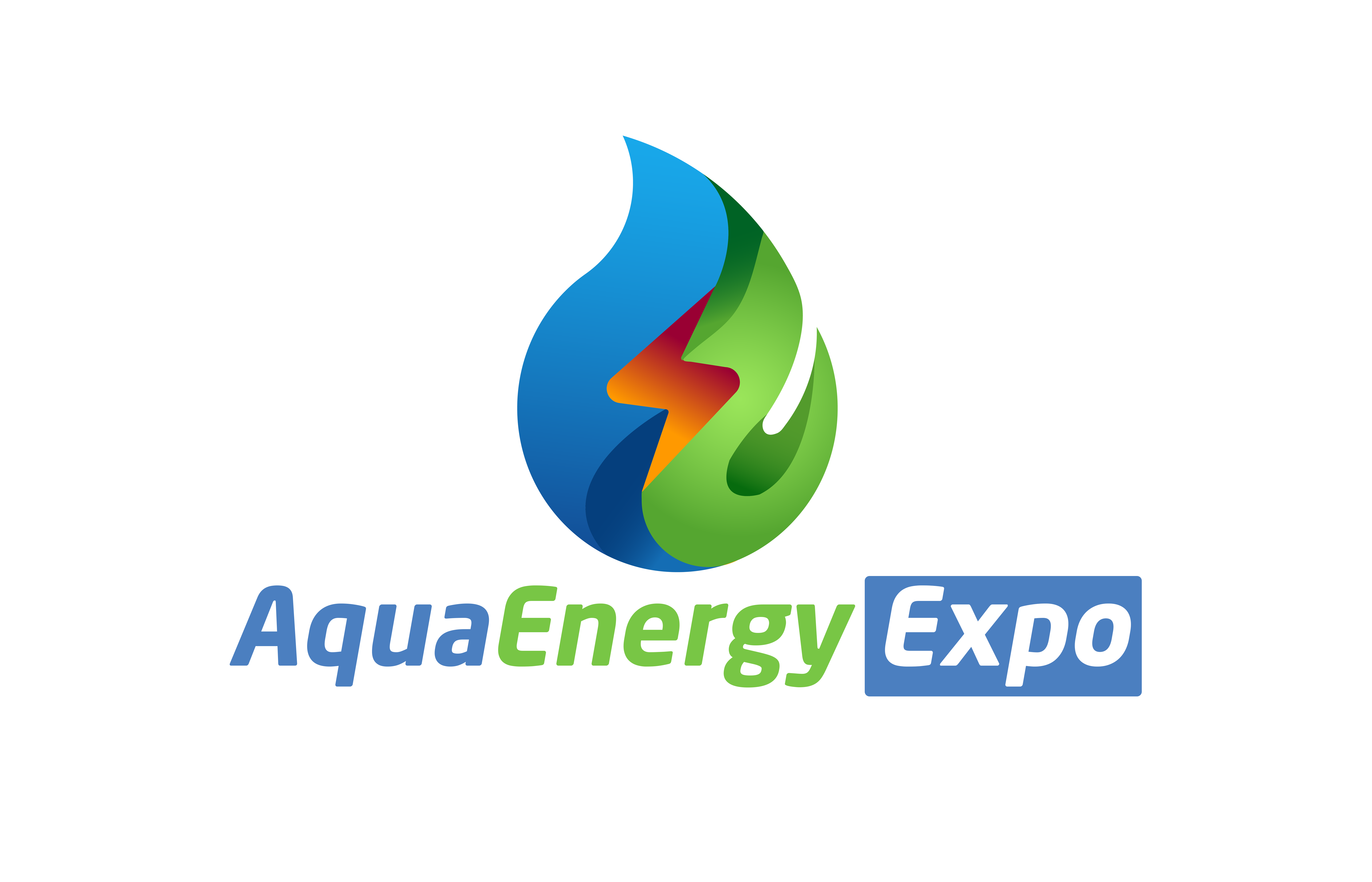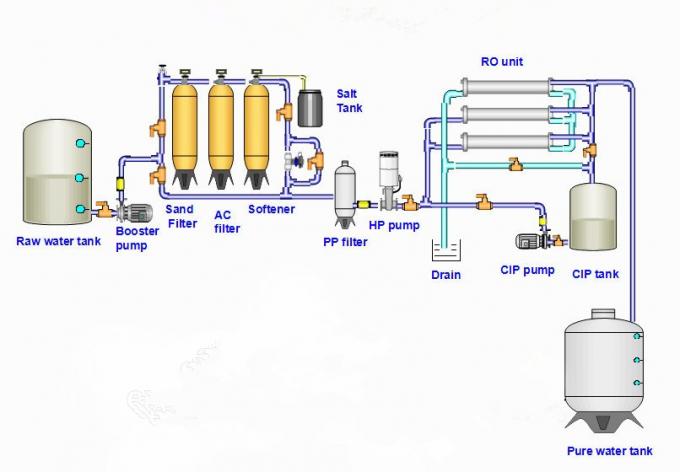Introduction
The dairy industry is generally considered to be the largest source of food processing wastewater in many countries. As awareness of the importance of improved standards of wastewater treatment grows, process requirements have become increasingly stringent. Although the dairy industry is not commonly associated with severe environmental problems, it must continually consider its environmental impact—particularly as dairy pollutants are mainly of organic origin.For dairy companies with good effluent management systems in place [1].
Owing to the highly diversified nature of this industry, various product processing, handling, and packaging operations create wastes of different quality and quantity, which, if not treated, could lead to increased disposal and severe pollution problems. In general, wastes from the dairy processing industry contain high concentrations of organic material such as proteins, carbohydrates, and lipids, high concentrations of suspended solids, high biological oxygen demand (BOD) and chemical oxygen demand (COD), high nitrogen concentrations, high suspended oil and/or grease contents, and large variations in pH, which necessitates “specialty” treatment so as to prevent or minimize environmental problems.
Dairy Processes and Composition of Dairy Products
Before the methods of treatment of dairy processing wastewater can be appreciated, it is important to be acquainted with the various production processes involved in dairy product manufacturing and the pollution potential of different dairy products (Table 1.). A brief summary of the most common processes [2] is presented below.
Table 1: Reported BOD and COD Values for Typical Dairy Products and Domestic Sewage [3-6]
| Product | BOD5 (mg/L) | COD (mg/L) |
| Whole milk | 104,000- 120,000 | 183,000-190,000 |
| Skim milk | 67,000-90,000 | 120,000-147,000 |
| Buttermilk | 61,000-75,000 | 110,000-134,000 |
| Cream | 400,000 | 750,000-960,000 |
| Evaporated milk | 208,000-271,000 | 378,000 |
| Whey | 34,000-45,000 | 65,000-80,000 |
| Ice cream | 292,000 | |
| Domestic sewage | 300 | 500 |
BOD, biochemical oxygen demand; COD, chemical oxygen demand.
Origin, Characteristics and Sources of Wastewater
The most important environmental problem of the dairy industry is the generation of wastewater, because of its volume and its pollutant load (primarily organic). A dairy firm generates a volume of wastewater between 2 and 6 liters/liter of milk processed. [7]
Table 2: Volume of wastewater created by different Processes [8]
| MAIN ACTIVITY | VOLUME OF
WASTEWATER* |
| Production of butter | 1-3 |
| Production of cheese | 2-4 |
| Processing of fresh milk (pasteurization and sterilization) | 2.5 – 9 |
* Liters of wastewater/liter of milk.
The wastewater generated by a dairy firm can be classified in terms of their source: processes and cleaning or refrigeration.
Table 3: Wastewater created by a dairy firm [9] .
| ORIGIN | DESCRIPTION | CHARACTERISTICS | VOLUME* |
| Cleaning and processing | Cleaning of surfaces pipes, tanks and equipment.
Loss of product, whey, brine, ferments, etc. |
Extreme pH, high organic content (BOD and COD), oils and fats, suspended solids | 0.8 – 1.5 |
| Refrigeration | Water from cooling towers, condensation, etc. | Variations in temperature, conductivity | 2 – 4 |
| * Volume expressed in liters of wastewater/liters of processed milk (Source: E. Spreer, 1991). | |||
The volume, concentration, and composition of the effluents arising in a dairy plant are dependent on the type of product being processed, the production program, operating methods, design of the processing plant, the degree of water management being applied, and, subsequently, the amount of water being conserved. Dairy wastewater may be divided into three major categories:
- Processing waters, which include water used in the cooling and heating processes.
These effluents are normally free of pollutants and can with minimum treatment be reused or just discharged into the storm water system generally used for rain runoff water.
- Cleaning wastewaters emanate mainly from the cleaning of equipment that has been in contact with milk or milk products, spillage of milk and milk products, whey, pressings and brines, CIP cleaning options, and waters resulting from equipment malfunctions and even operational errors. This wastewater stream may contain anything from milk, cheese, whey, cream, separator and clarifier dairy waters [10], to dilute yogurt, starter culture, and dilute fruit and stabilizing compounds [11].
- Sanitary wastewater, which is normally piped directly to a sewage works.
Dairy cleaning waters may also contain a variety of sterilizing agents and various acid and alkaline detergents. Thus, the pH of the wastewaters can vary significantly depending on the
cleaning strategy employed. The most commonly used CIP chemicals are caustic soda, nitric acid, phosphoric acid, and sodium hypochloride [10]; these all have a significant impact on wastewater pH. Other concerns related to CIP and sanitizing strategies include the biochemical oxygen demand (BOD) and chemical oxygen demand (COD) contributions (normally ,10% of total BOD concentration in plant wastewater), phosphorus contribution resulting from the use of phosphoric acid and other phosphorus-containing detergents, high water volume usage for cleaning and sanitizing (as high as 30% of total water discharge), as well as general concerns regarding the impact of detergent biodegradability and toxicity on the specific waste treatment facility and the environment in general [12].
Dairy industry wastewaters are generally produced in an intermittent way; thus the flow and characteristics of effluents could differ between factories depending on the kind of products produced and the methods of operation [13]. This also influences the choice of the wastewater treatment option, as specific biological systems have difficulties dealing with wastewater of varying organic loads.
Published information on the chemical composition of dairy wastewater is scarce [10].
Milk has a BOD content 250 times greater than that of sewage [14]. It can, therefore, be expected that dairy wastewaters will have relatively high organic loads, with the main contributors being lactose, fats, and proteins (mainly casein), as well as high levels of nitrogen and phosphorus that are largely associated with milk proteins [13, 15]. The COD and BOD for whey have, for instance, been established to be between 35,000–68,000 mg/L and 30,000–60,000 mg/L, respectively, with lactose being responsible for 90% of the COD and BOD contribution [16].
In general, liquid waste in the dairy industry presents the following characteristics:
- A high organic content, due to the presence of milk components. The average COD of wastewater from a dairy firm is between 1,000-6,000 mg BOD/liter;
- Oils and fats, due to the milk fat and other dairy products, such as in the water used for rinsing the buttermilk;
- High levels of nitrogen and phosphorous, mainly because of the use of cleaning and disinfection;
- Large variations in pH, waste of acidic and alkaline solutions, primarily from cleaning operations, with a pH of 2-11;
- High conductivity (especially for cheese producers because of sodium chloride waste from the salting of the cheese);
- Variations in temperature (caused by water used for refrigeration).
By
Ahmed Ahmed Elserwy
Water & Environmental Consultant [1]
Ain Shames University, Faculty of Science
[1] Technical Manager Louts for Water Treatment
References
[1] Russell, P. Effluent and waste water treatment. Milk Ind. Int. 1998, 100 (10), 36–39.
[2] Steffen, Robertson, Kirsten Inc. Water and Waste-water Management in the Dairy Industry, WRC
Project No. 145 TT38/89. Water Research Commission: Pretoria, South Africa, 1989.
[3] . Kessler, HG. (Ed.) Food Engineering and Dairy Technology; Verlag: Freisburg, Germany, 1981.
[4] Odlum, C.A. Reducing the BOD level from a dairy processing plant. Proc. 23rd Int. Dairy Cong.,Montreal, Canada, October 1990.
[5] . Tetrapak. TetraPak Dairy Processing Handbook; TetraPak Printers: London, UK, 1995.
[6] Wendorff, W.L. Treatment of dairy wastes. In Applied Dairy Microbiology, 2nd ed.; Marth, E.H.,Steele, J.L., Eds.; Marcel Dekker Inc: New York, 2001; 681–704.
[7] Study about Prevention of pollution in the Dairy industry, Regional Activity Centre for Cleaner Production (RAC/CP) Mediterranean Action Plan, May 2002, p 77.
[8] Study about Prevention of pollution in the Dairy industry, Regional Activity Centre for Cleaner Production (RAC/CP) Mediterranean Action Plan, May 2002, p 78.
[9] SPREER E., 1991. Lactología Industrial. Editorial Acribia.
[10] Danalewich, J.R.; Papagiannis, T.G.; Belyea, R.L.; Tumbleson, M.E.; Raskin, L. Characterization of dairy waste streams, current treatment practices, and potential for biological nutrient removal. Water
Res. 1998, 32 (12), 3555–3568.
[11] Tamime, A.Y.; Robinson, R.K. (Eds.) Yoghurt Science and Technology; Wood head Publishing Ltd:Cambridge, England, 1999.
[12] Bakka, R.L. Wastewater issues associated with cleaning and sanitizing chemicals. Dairy Food Environ. Sanit. 1992, 12 (5), 274–276.
[13] Vidal, G.; Carvalho, A.; Me´ndez, R.; Lema, J.M. Influence of the content in fats and proteins on the anaerobic biodegradability of dairy wastewaters. Biores. Technol. 2000, 74, 231–239.
[14] Burton, C. FOG clearance. Dairy Ind. Int. 1997, 62 (12), 41–42.
[15] Donkin, J. Bulking in aerobic biological systems treating dairy processing wastewaters. Int. J. Dairy
Tech. 1997, 50, 67–72.
[16] Berruga, M.I.; Jaspe, A.; San-Jose, C. Selection of yeast strains for lactose hydrolysis in dairy effluents. Int. Biodeter. Biodeg. 1997, 40 (2–4), 119–123.




